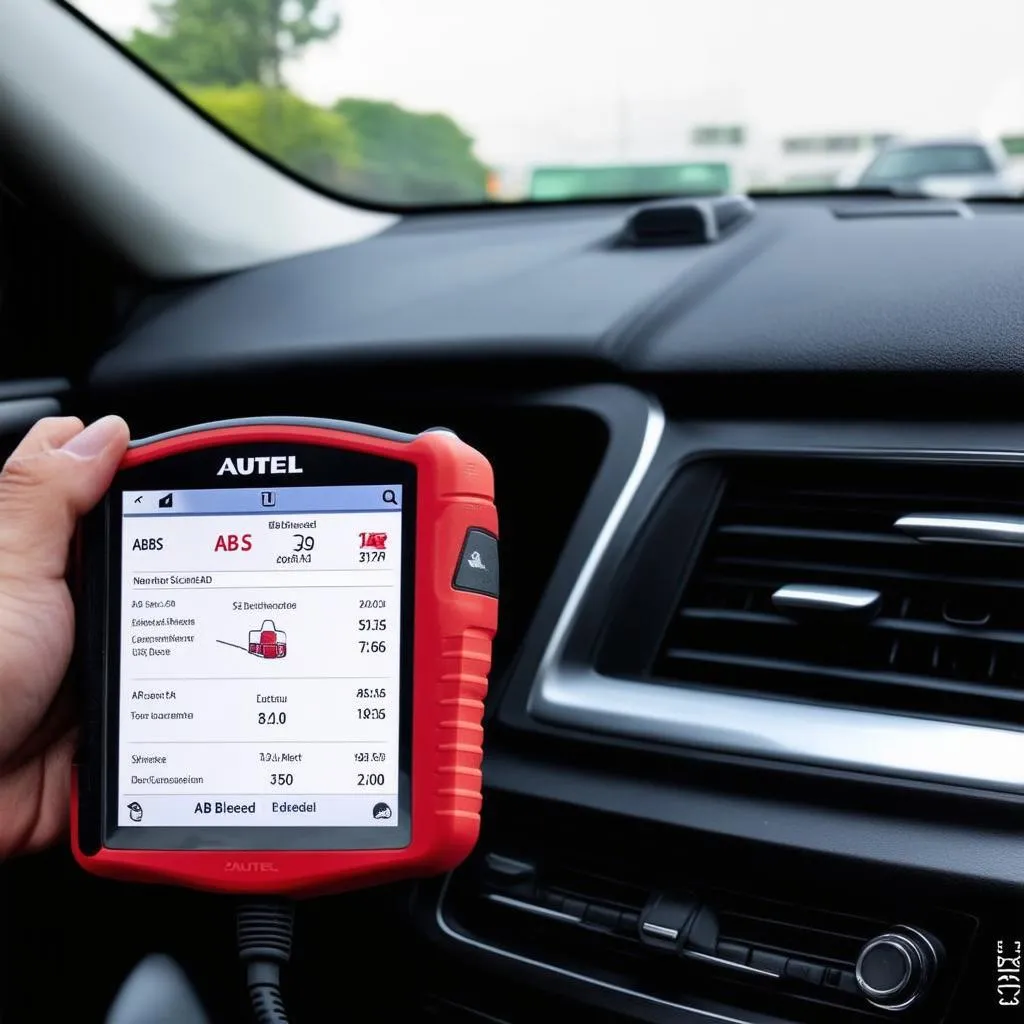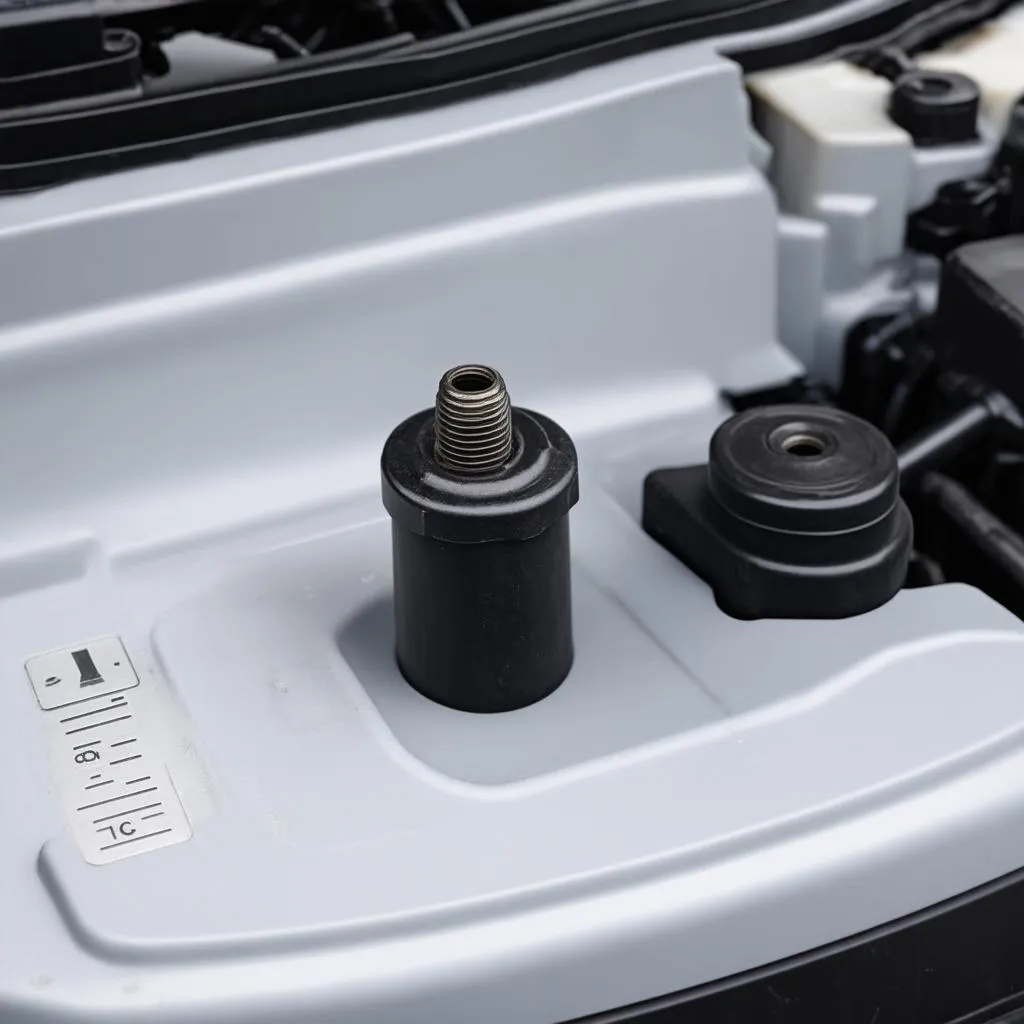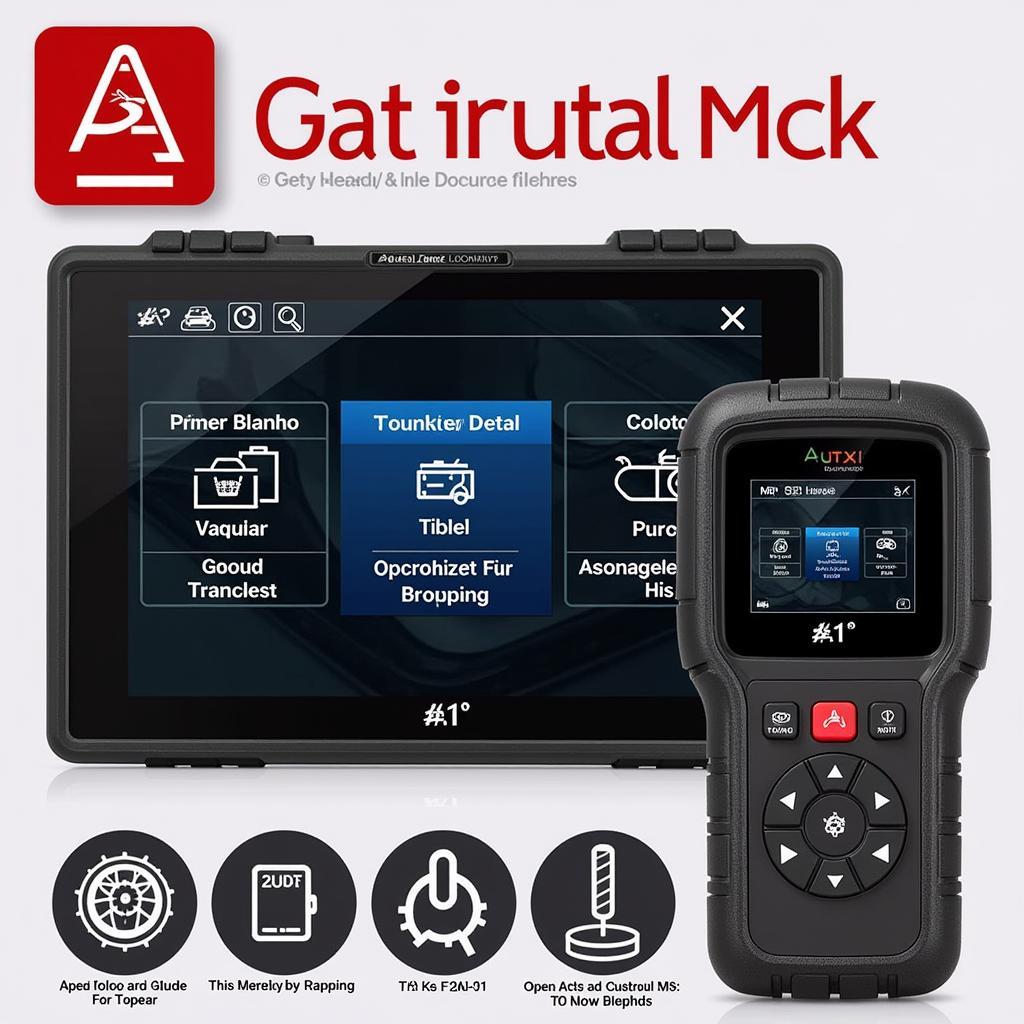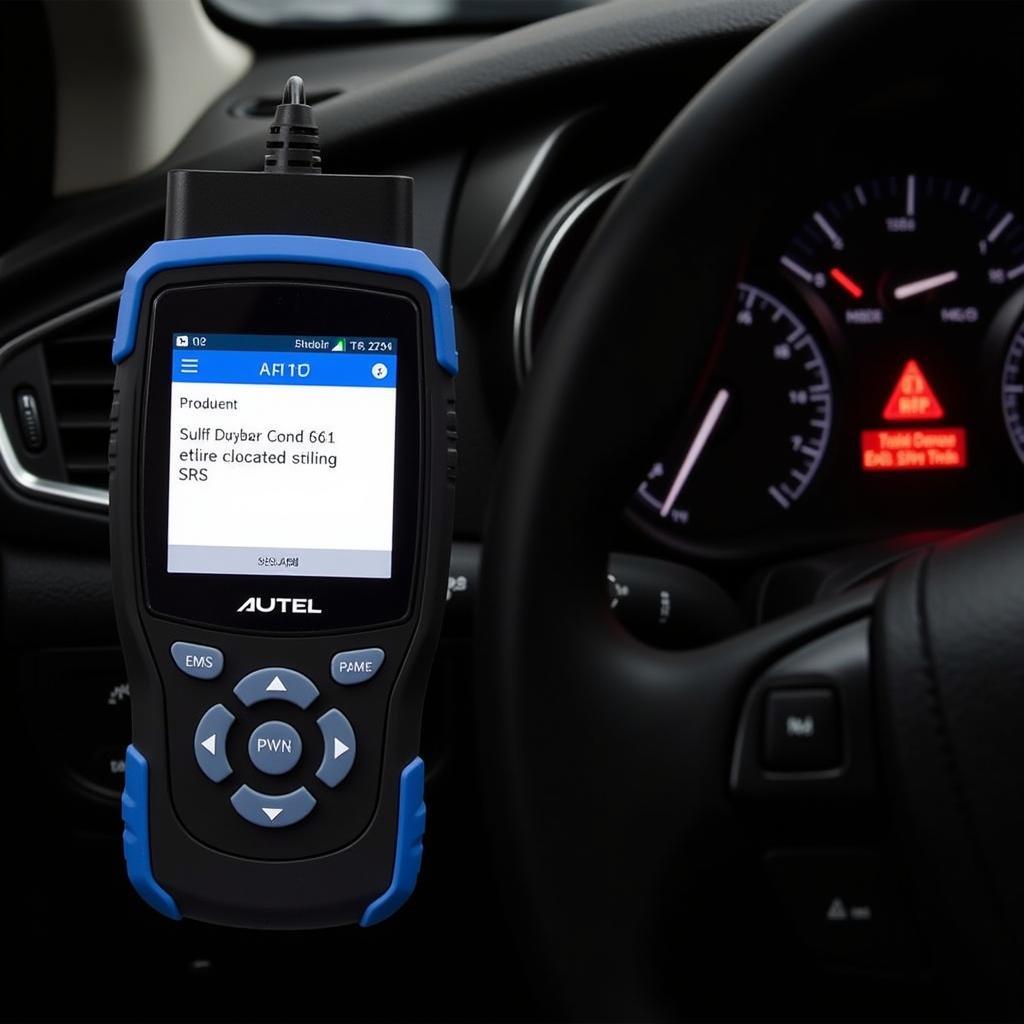Have you ever experienced those dreaded “ABS warning lights” on your dashboard? It’s a common problem for many car owners, and it can be pretty scary, especially if you don’t know what’s going on. You might be tempted to take your car to the dealership, but what if there’s a simpler solution? What if you could potentially diagnose and fix the issue yourself with the help of a powerful tool like the Autel Diaglink? That’s where our expertise comes in. We’re going to break down everything you need to know about Autel Diaglink ABS bleed, a crucial process that can help you reclaim control over your vehicle’s braking system.
The Importance of ABS Bleeding
Understanding the ABS System
Imagine a complex network of sensors, valves, and actuators, all working together seamlessly to help your car stop safely and effectively. That’s essentially what your ABS (Anti-lock Braking System) is, a safety system designed to prevent your wheels from locking up during braking, giving you better control over the vehicle, especially on slippery surfaces.
Why ABS Bleeding Is Crucial
Like any complex system, your ABS system needs regular maintenance to function properly. One crucial maintenance task is ABS bleeding. Think of it like a blood transfusion for your braking system. Air bubbles can sometimes get trapped in the ABS lines, hindering the flow of brake fluid and making your brakes feel spongy or inconsistent. ABS bleeding helps remove these air bubbles and ensure that your braking system performs at its best.
Autel Diaglink: Your Powerful Ally
The Autel Diaglink: More than Just a Scan Tool
The Autel Diaglink is a powerful diagnostic tool, often seen as a “Dealer Scanner” for European Cars, known for its comprehensive capabilities and ability to tackle a wide range of automotive issues. One of its key features is the ability to perform ABS bleeding, a process that can save you time and money compared to going to a dealership.
Autel Diaglink ABS Bleed Explained
The Autel Diaglink ABS Bleed function allows you to accurately bleed the ABS system, ensuring that all air bubbles are removed, and the brake fluid flows freely. This is achieved through a combination of electronic control and precise pressure adjustments, making the process efficient and effective.
A Step-by-Step Guide to Autel Diaglink ABS Bleed
Remember: It’s always best to consult your vehicle’s owner manual for specific instructions and safety precautions.
1. Preparation Is Key
- Safety First: Always wear safety glasses and appropriate protective clothing. Brake fluid is corrosive, so handle it carefully.
- Tools and Materials: You’ll need the Autel Diaglink scanner, brake fluid (compatible with your vehicle), a few clean rags, and possibly a brake fluid bleeder bottle.
2. Connect the Autel Diaglink
- Connection: Follow the instructions in the Autel Diaglink manual to connect the scanner to your vehicle’s diagnostic port.
- Select the Correct Vehicle: Ensure that you have selected the correct make and model of your car in the scanner’s interface.
3. Start the ABS Bleeding Process
- Initiate the Bleed: The Autel Diaglink will guide you through the steps of the ABS bleed procedure, using its intuitive interface.
- Follow Instructions: Carefully follow the instructions displayed on the scanner.
4. Monitor and Observe
- Keep an Eye on the Brake Fluid: Monitor the brake fluid reservoir and ensure it doesn’t fall below the minimum level.
- Watch for Signs of Air Bubbles: You may see air bubbles being expelled from the bleeder valve.
5. Completion and Final Checks
- Final Steps: Once the scanner indicates that the ABS bleed is complete, follow any additional steps provided by the Autel Diaglink.
- Test Drive: After completing the ABS bleed, take your car for a test drive, and check for any improvement in the braking feel.
Troubleshooting Common Issues
“I can’t find the ABS bleed function on my Autel Diaglink”:
- Make sure you have the correct version of the Autel Diaglink: Some models of the Autel Diaglink may not support ABS bleeding for all vehicle models. Check your scanner’s manual for compatibility information.
- Upgrade your software: The latest software updates for the Autel Diaglink may add support for new vehicle models and features.
“My ABS light is still on after the ABS bleed”:
- Recheck the bleeding process: Ensure that you followed the steps correctly and that the brake fluid reservoir is full.
- Consider other potential issues: The ABS warning light could be caused by a sensor failure, a wiring problem, or other issues. You may need to use the Autel Diaglink to perform further diagnostics.
Frequently Asked Questions
Q: What are the signs that my ABS system needs bleeding?
- Spongy or inconsistent brakes: The brake pedal might feel soft or not firm.
- Longer stopping distance: Your car might take longer to come to a stop.
- ABS light is on: The ABS warning light on your dashboard might be illuminated.
Q: How often should I bleed my ABS system?
- It’s generally recommended to bleed your ABS system every 2 years or 30,000 miles, but consult your owner’s manual for specific recommendations.
Q: Can I bleed my ABS system myself?
- While it’s possible to bleed your ABS system yourself with the Autel Diaglink, it’s best to have some experience with automotive repairs. If you’re unsure, it’s best to consult a professional mechanic.
Q: How do I know if the Autel Diaglink is compatible with my vehicle?
- Check the Autel Diaglink’s compatibility list or contact Autel customer support for assistance.
Further Exploration
Looking for more information on Autel Diaglink? Check out these related articles on our website:
Want to dive deeper into the world of European car diagnostics? We have a wealth of resources to guide you on your journey!
Call to Action
Need help with your Autel Diaglink? Reach out to our team of experts for personalized assistance!
We’re available 24/7 via Whatsapp: +84767531508.
We’re confident that with the right knowledge and tools, like the Autel Diaglink, you can tackle those ABS warning lights with confidence and reclaim control of your car’s safety.
Share your experience with Autel Diaglink ABS bleeding in the comments below!
 Autel Diaglink ABS Bleed
Autel Diaglink ABS Bleed
 Brake Fluid Reservoir
Brake Fluid Reservoir
 ABS Sensor
ABS Sensor


